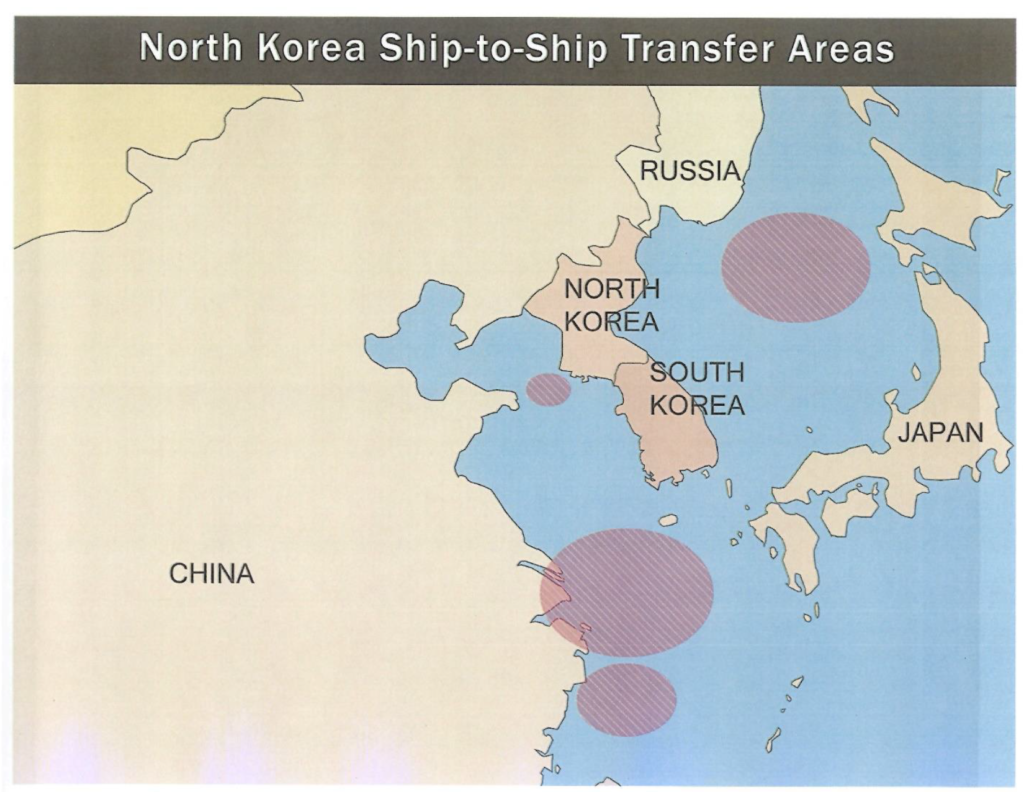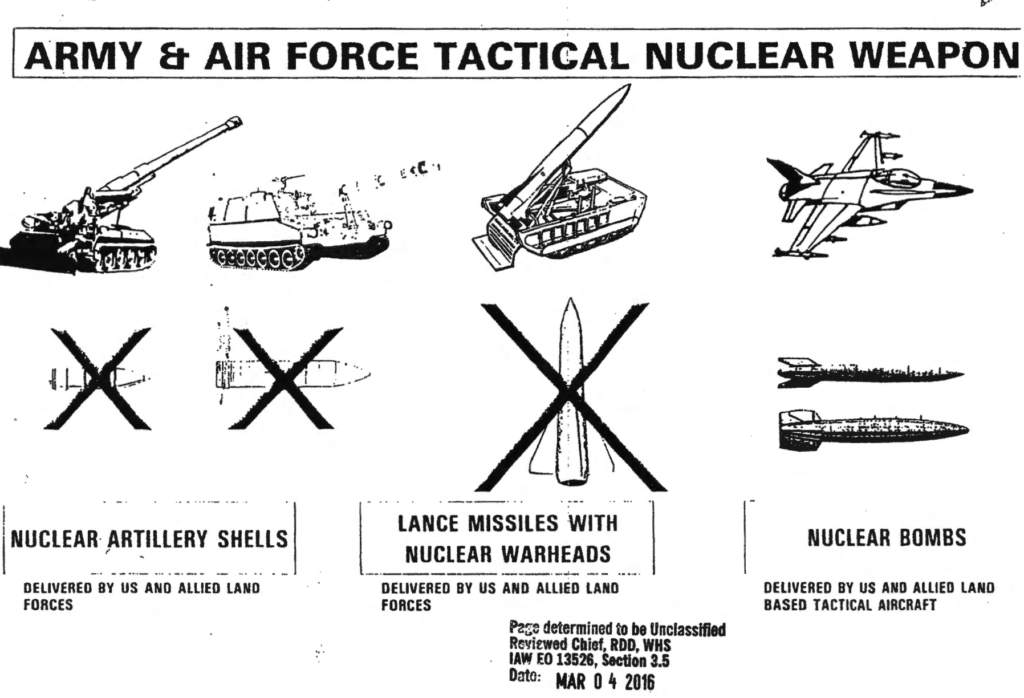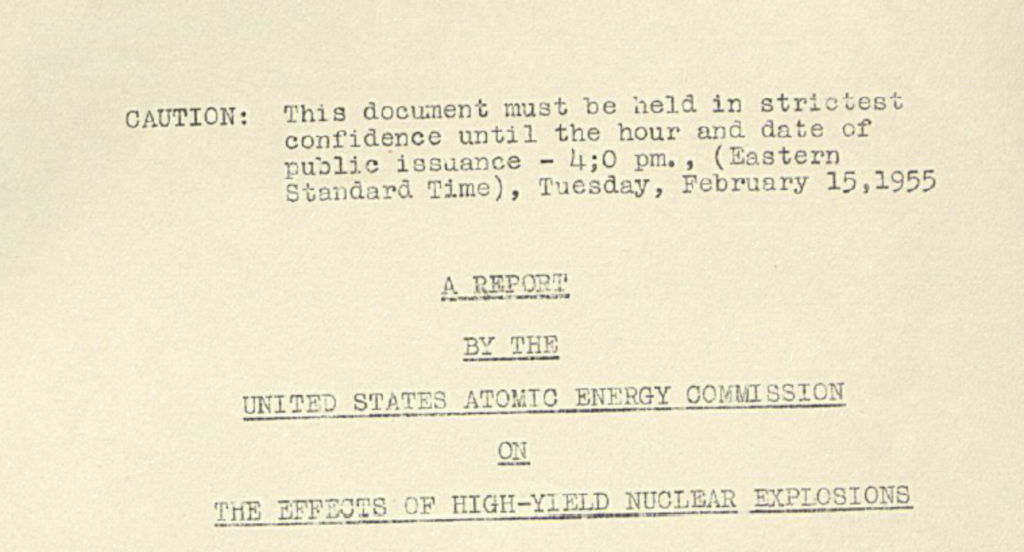Paul Pillar spoke to PBS in 2006 about the 2002 NIE on Iraqi WMD:
What was your take on the weapons-of-mass-destruction program of Saddam Hussein at that time in 2002?
The take was the same as everyone else’s take. When I say everyone else, I mean every intelligence service on the globe, and reflecting a general consensus that there was something there in terms of programs and, [in] the case at least of chemical weapons, probably of stockpiles. There was no strong reason from an analyst’s point of view to call into basic question the idea that there was something there.
What do you mean?
There were huge collection gaps; there’s no question about it. … There was not a basis for anyone to stick his or her head up and say, “Wait a minute; analytically there might not be anything there,” because the prima facie case was yes, there was something there. …
Nuclear, too?
Nuclear, too. … And there, the consensus judgment of the community, as is well known, is that Iraq was probably several years away from acquiring a nuclear weapon.
Nuclear, too. … And there, the consensus judgment of the community, as is well known, is that Iraq was probably several years away from acquiring a nuclear weapon.
<snip>
Tell me the story of the 2002 NIE. How does it get started? How does it get written? … Why is it requested? …
It was requested by members of the Senate Intelligence Committee. This was already the autumn of 2002, so there was going to be a vote in Congress, as everyone knew, on what became known as the Iraq war resolution. The senators wanted a separate input on the issue of weapons of mass destruction from the intelligence community before they reached their vote. The schedule was very compressed. There was only three weeks in which the estimate was done, although it was based, of course, on previously done work. …
Do you think it was a good document?
Well, in retrospect, there were certainly significant flaws in it, or it reflected significant flaws in the tradecraft, which mainly had to do with insufficient checking of the credibility of sources, which later were revealed. …
Specifically what happened?
A lot of intelligence analysts were caught up in several things: a previous consensus against which there just wasn’t enough intelligence to challenge it; the consensus being that yes, there were programs. The atmosphere in which they were working, in which a policy decision clearly had already been made, in which intelligence was being looked to to support that decision rather to inform decisions yet to be made, was a very important part of the atmosphere.
Exactly how that may have affected the individual judgments of particular analysts, it’s impossible to say. It probably had some effect, particularly since most of the shortcomings of the analysis we’re talking about come down to matters of nuance, caveat — whether the language is too strong, that sort of thing. There were many, many opportunities for things to be shaded in the preferred direction rather than in another direction.
Even if they weren’t shaded in a sense of being directly politicized, what the analysts knew was we were going to war, so there might have been an erring in the direction of warning. … The last thing any intelligence officer would want to have happen is American armies invade and they are caught by surprise by something like chemical weapons or biological weapons, so quite possibly, there might have been a bias for that reason as well. …



